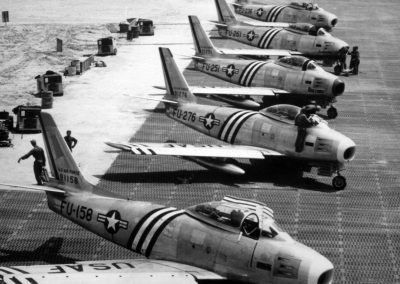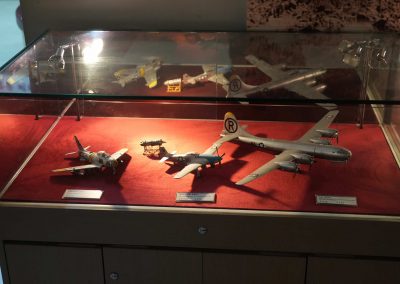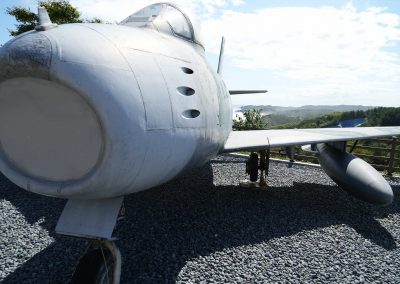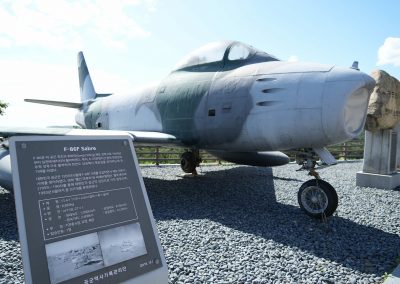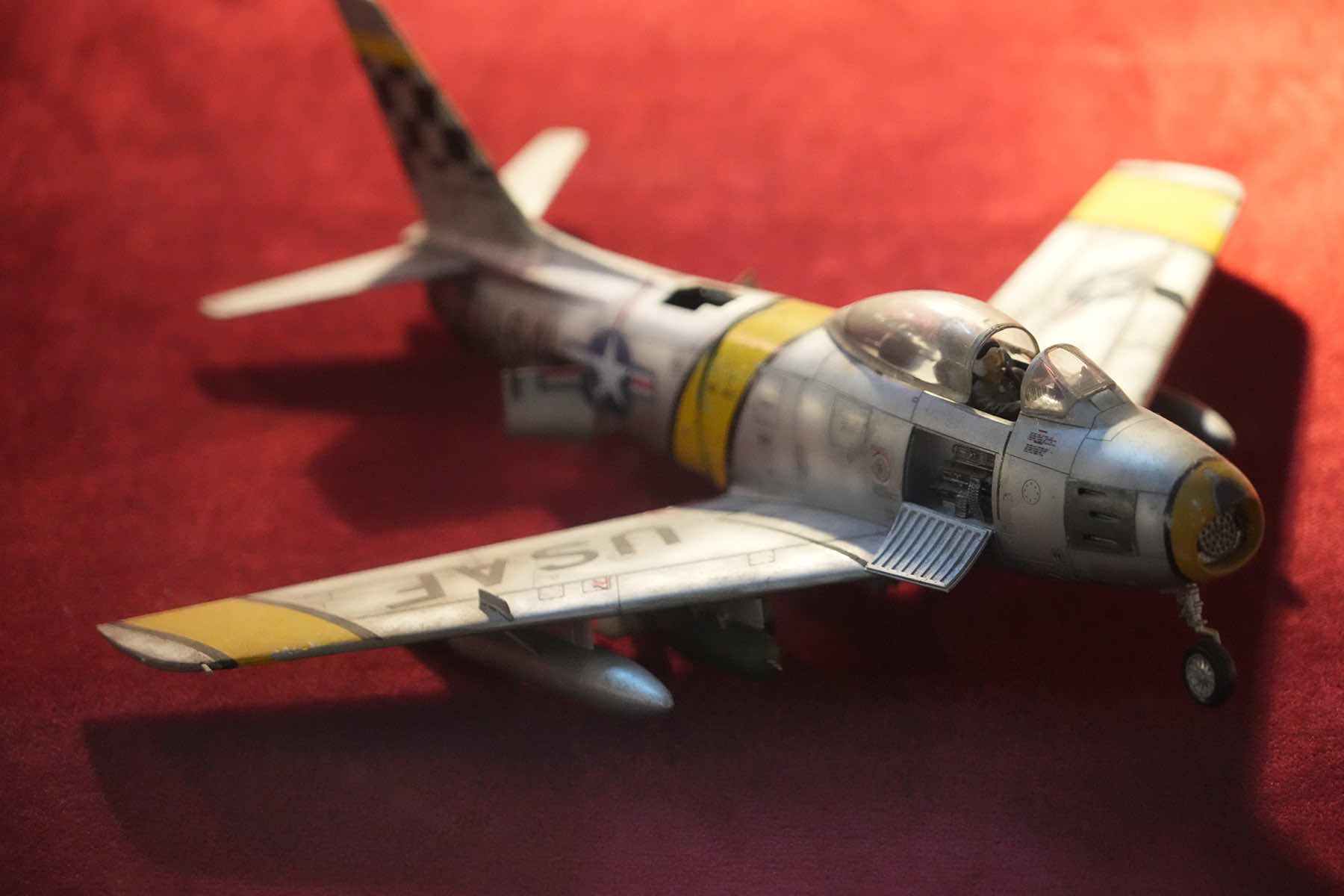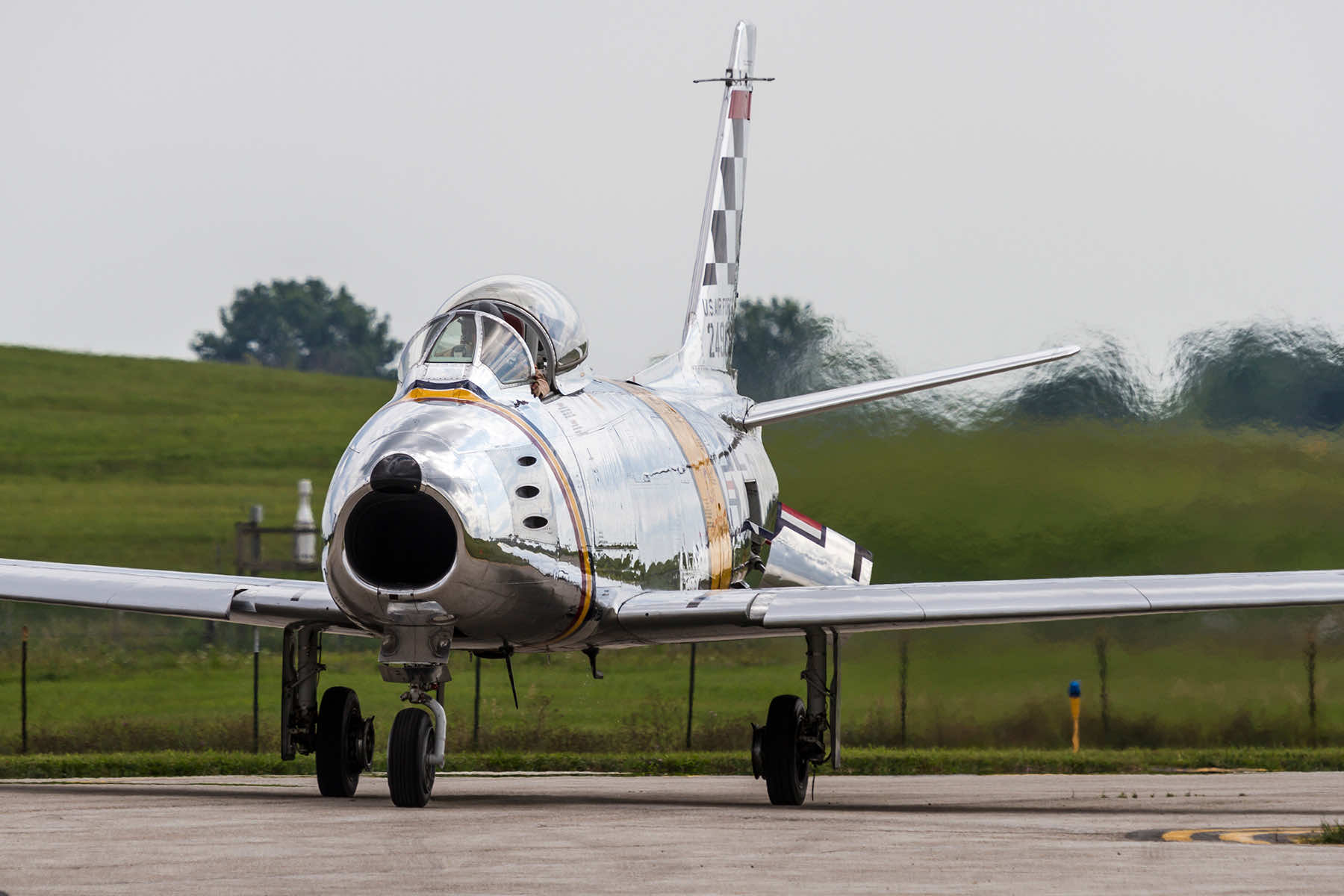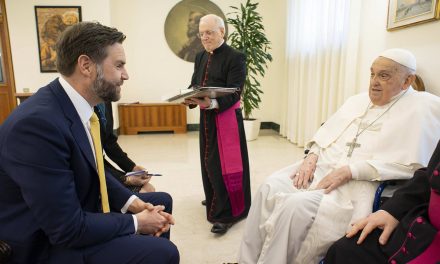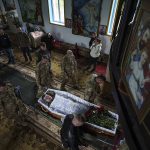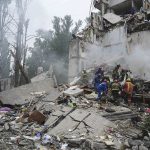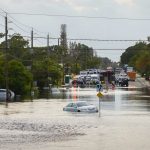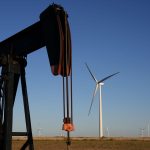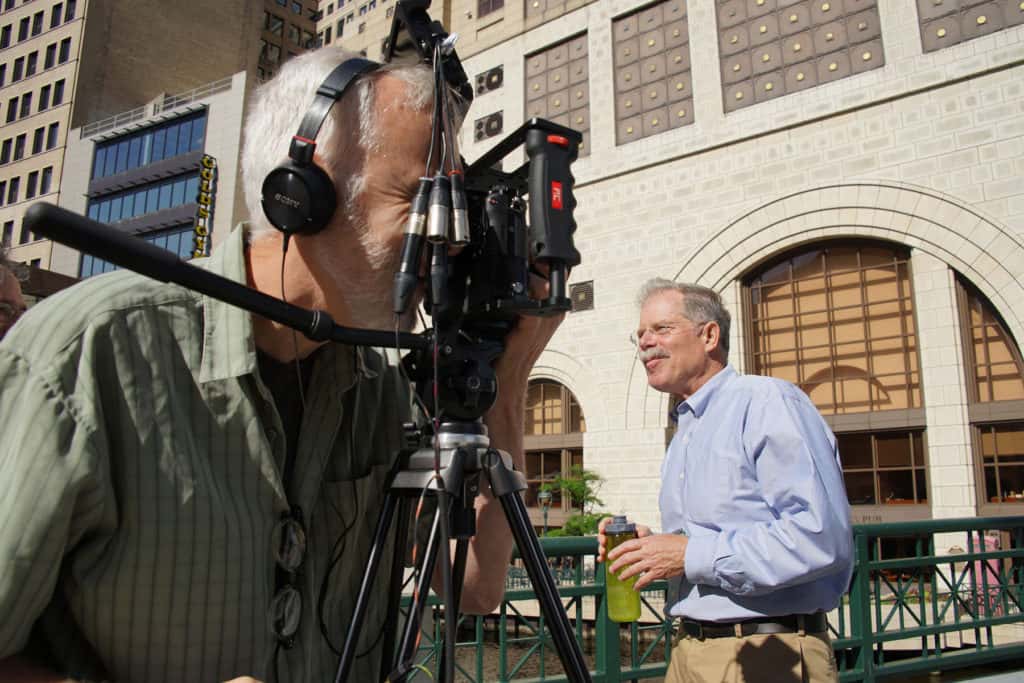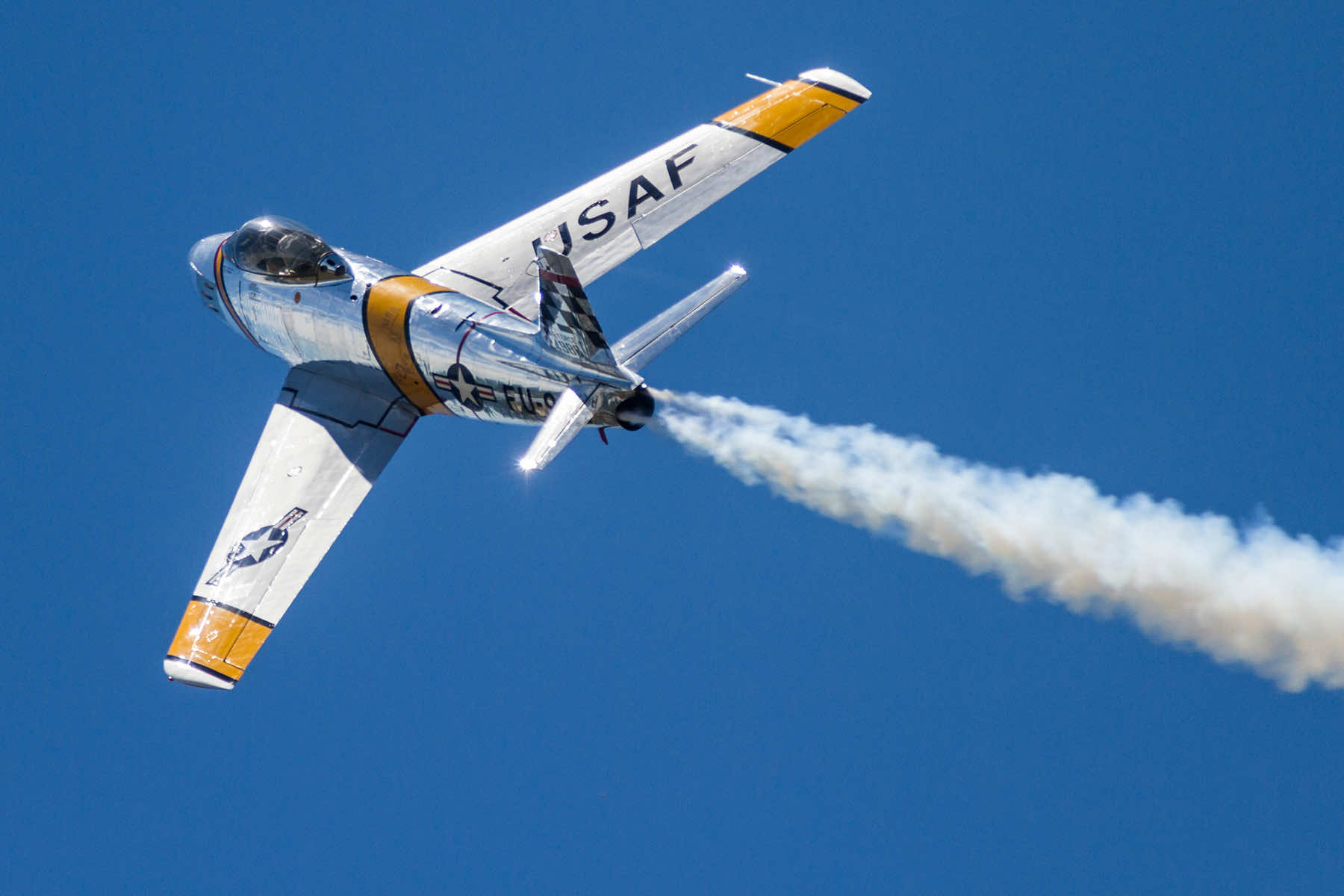
EAA AirVenture Oshkosh 2025 will serve as a living tribute to one of the most pivotal moments in modern military aviation history.
As the world marks the 75th anniversary of the outbreak of the Korean War, the upcoming July fly-in will commemorate the rapid transition from World War II piston-powered aircraft to the dawn of the jet age, a technological shift that shaped decades of global airpower.
Headlining that tribute is the return of the Douglas AD-4 Skyraider, one of the most versatile attack aircraft of the Korean War, brought by the Military Aviation Museum in Virginia Beach, Virginia. Built in 1949 at Douglas Aircraft’s El Segundo plant, this specific Skyraider saw active combat on three separate deployments during the Korean War. Twice from the USS Valley Forge and once from the USS Essex.
Its presence at Wittman Regional Airport in Oshkosh will coincide with a broader showcase of aircraft from the Korean War era, including both piston-driven legends and early-generation jet fighters, offering the public a rare opportunity to experience the machines that defined a new chapter in combat aviation.
The lineup will include the P-51 Mustang, Vought F4U Corsair, Boeing B-29 Superfortress, Lockheed P-80, North American F-86 Sabre, and Soviet-era MiG-15 and MiG-17 fighters, among others.
The Korean War, often referred to as “The Forgotten War,” began on June 25, 1950, when North Korean forces crossed the 38th parallel and invaded South Korea. It escalated rapidly into a major international conflict involving the United States and United Nations forces on one side, and communist forces from North Korea, China, and covertly, the Soviet Union, on the other.
While the ground war was brutal and often stalemated, air combat saw revolutionary shifts in strategy and hardware. The war marked the first large-scale use of jet-versus-jet combat in history, with the iconic dogfights between the U.S.-built F-86 Sabre and the Soviet-designed MiG-15 becoming symbolic of Cold War aerial rivalry.
But despite the high visibility of jets, piston-powered aircraft like the Skyraider continued to play an essential role throughout the conflict. Designed initially during World War II but too late to enter combat before 1945, the Skyraider became a workhorse of the Korean theater. Its long loiter time, massive payload capacity, and rugged durability made it ideally suited for close air support, interdiction, and naval strike missions.
From the decks of U.S. Navy aircraft carriers like the USS Valley Forge (CV-45) and USS Essex (CV-9), Skyraiders launched bombing runs, reconnaissance missions, and ground support flights in some of the war’s most critical operations. According to Navy records, Skyraiders were integral during the early months of the war, providing essential air cover and support as UN forces mounted a desperate defense and eventual counteroffensive at Inchon.
Unlike their jet-powered counterparts, Skyraiders could carry more ordnance than a World War II B-17 bomber and stay over targets for far longer. Their slower speed, once considered a disadvantage, allowed for greater precision and coordination with ground forces, particularly during rescue operations and strikes on hardened positions.
The aircraft’s legacy was sealed by its capabilities and the intense conditions it survived. Pilots frequently flew into dense anti-aircraft fire and enemy fighter zones, relying on armor plating and the Skyraider’s massive Wright R-3350 radial engine to get them home. It was during these missions that many aviators forged reputations for skill and courage, often flying dozens of sorties with minimal margin for error.
AirVenture 2025 will also celebrate the 80th anniversary of the Skyraider’s maiden flight on March 18, 1945, underscoring its longevity in U.S. military service. Even after the Korean War, variants of the aircraft continued serving in the Vietnam War and with allied nations for decades.
The inclusion of the AD-4 Skyraider, alongside its radar-equipped variant the AD-5W, adds depth to this year’s commemorative programming. Although preserved like museum pieces, these aircraft are fully operational and will take part in flying demonstrations from July 23 to 25, with additional static displays throughout the week in Boeing Plaza and the Warbirds area.
The presence of both piston-powered aircraft and early jets at AirVenture 2025 underscores the transitional nature of aerial warfare during the Korean War. It was a conflict that saw the last significant combat use of World War II-era planes and the debut of supersonic capabilities. It was a battlefield of overlap, where innovation met necessity.
Among the jet aircraft scheduled for display are the Lockheed P-80 Shooting Star and the North American F-86 Sabre, two of the first operational U.S. jet fighters. The P-80 had only limited engagement in Korea but represented the immediate postwar jump into jet propulsion. The F-86, however, became one of the defining aircraft of the war, tasked with countering the MiG-15 in what became known as “MiG Alley” in northwestern Korea.
MiG Alley, near the Yalu River, was the site of intense jet dogfights. Soviet pilots, secretly flying in defense of North Korean and Chinese forces, engaged in combat while technically unacknowledged by Moscow. American pilots in Sabres reported near-daily encounters with the faster-climbing, higher-flying MiG-15. Yet, superior training and tactics allowed Sabre pilots to maintain a reported kill ratio as high as 10-to-1 during peak operations.
The presence of both the MiG-15 and its successor, the MiG-17, at Oshkosh this year reflects a growing commitment to presenting a balanced historical picture. While original Soviet-built jets are rare in U.S. collections, several airworthy reproductions and restored models are maintained by private owners and museums for educational purposes.
Visitors to AirVenture will also be able to compare firsthand the size, noise signature, and capabilities of aircraft like the F4U Corsair. It was known for its distinctive gull-wing design and service in both World War II and Korea, alongside their jet-era counterparts. The Corsair, like the Skyraider, continued to see front-line service during Korea in close air support roles.
This year also marks several key anniversaries beyond the Korean War. The F4U Corsair turns 85, the Skyraider 80, and the MiG-17 marks its 75th year since first flight. These milestones will be noted with individual ceremonies, offering attendees additional context into the rapid technological evolution between 1940 and 1960.
While the air war over Korea is often overshadowed by the more widely chronicled Pacific and European campaigns of World War II, aviation experts point to it as the transformative period that forged modern air combat doctrine. Aerial refueling, electronic warfare, all-weather interception, and jet-vs-jet engagements were all developed or matured in the skies over Korea.
“While legendary World War II aircraft such as the Corsair and P-51 Mustang still were widely flown at the start of the Korean War in 1950, a new age of jets rapidly came to the front lines during that time,” said Rick Larsen, EAA’s vice president of communities and member programs, who coordinates AirVenture features and attractions. “It marked a permanent change in aviation technology that will be prominent at Oshkosh this year.”
The Military Aviation Museum’s dual display of piston and jet aircraft highlights that rapid evolution. For many veterans and aviation historians, AirVenture 2025 is more than just a gathering of warbirds, it is an opportunity to educate new generations about the legacy of service, sacrifice, and innovation that defined the Korean War.
Through static displays, live demonstrations, and personal stories, the event aims to preserve the memory of a conflict too often relegated to the margins of American consciousness.
© Photo
Lee Matz, and Blue Barron Photo, Everett Collection (via Shutterstock)

